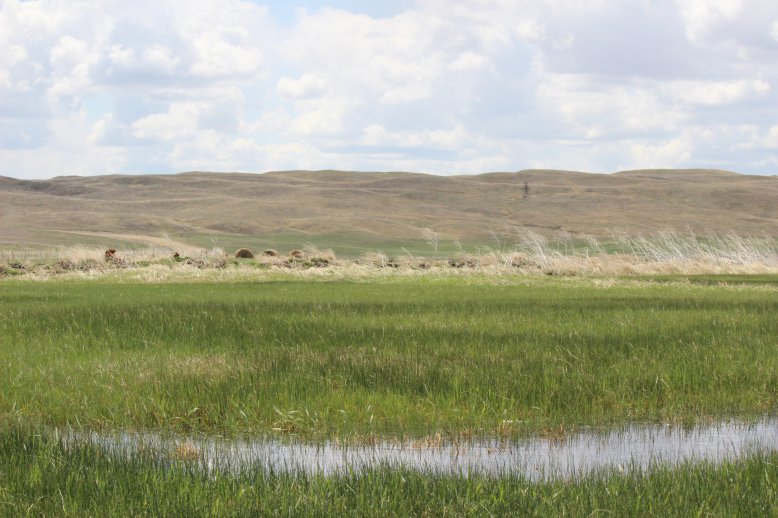
By Amy Millmier Schmidt, UNL Livestock Bioenvironmental Engineer
Tell EPA to ‘Ditch the Rule!’ That’s the message being shared by livestock commodity groups nationwide as the October 20th deadline for commenting on the proposed rule quickly approaches. The proposed “Waters of the United States” rule was issued March 25, 2014 by the Environmental Protection Agency (EPA) and the U.S. Army Corps of Engineers (the Corps). Since its initial publication, the proposed WOTUS rule has garnered a great deal of attention from concerned agricultural producers and prompted the EPA to address these concerns with a number of press releases, promotional materials and educational webinars. The amount of information shared by advocates and opponents of the rule is staggering. So, where can you go to learn more about the rule and help you make an informed decision about how to comment on the rule to the EPA?
The EPA has developed a web page dedicated to clarifying what the rule does and does not do: www2.epa.gov/uswaters. While not particularly exciting or easy to read (let’s face it, regulatory documents are daunting and low on the list of “fun things to read!”), the published proposed rule from the Federal Register can be accessed from this website.
The American Farm Bureau Federation has developed a web page dedicated to sharing a number of resources from universities, commodity organizations, and other stakeholders who have reviewed and analyzed the proposed rule to determine whether the rule will be detrimental to agricultural producers: ditchtherule.fb.org. Included on this site is an interactive map designed to identify “waters” that would be newly regulated by the federal government under the proposed WOTUS rule, along with a number of state-specific brochures outlining the anticipated extent of the EPA’s jurisdiction of “waters” under the proposed rule.
The Bottom Line: Regulatory documents are seldom “cut and dried”, leaving a great deal of room for interpretation by the agencies who enforce the rules. Public comment periods are intended to give all interested and potentially affected parties an opportunity to read proposed regulations, determine where shortfalls or inadequacies exist, and provide feedback to impact the rule before it becomes final. Seldom does a proposed regulation or rule become finalized without changes, often significant changes, being implemented following the public comment period. The new CAFO regulations proposed in 2001, debated for several months, and finalized in 2003 only to be further revised following lawsuits and court hearings over the next few years, are an excellent example of how public comments impact final regulations. Don’t miss your opportunity to share your thoughts on this proposed rule and voice your opinion and concerns about how it may benefit or harm your activities as an agricultural producer.